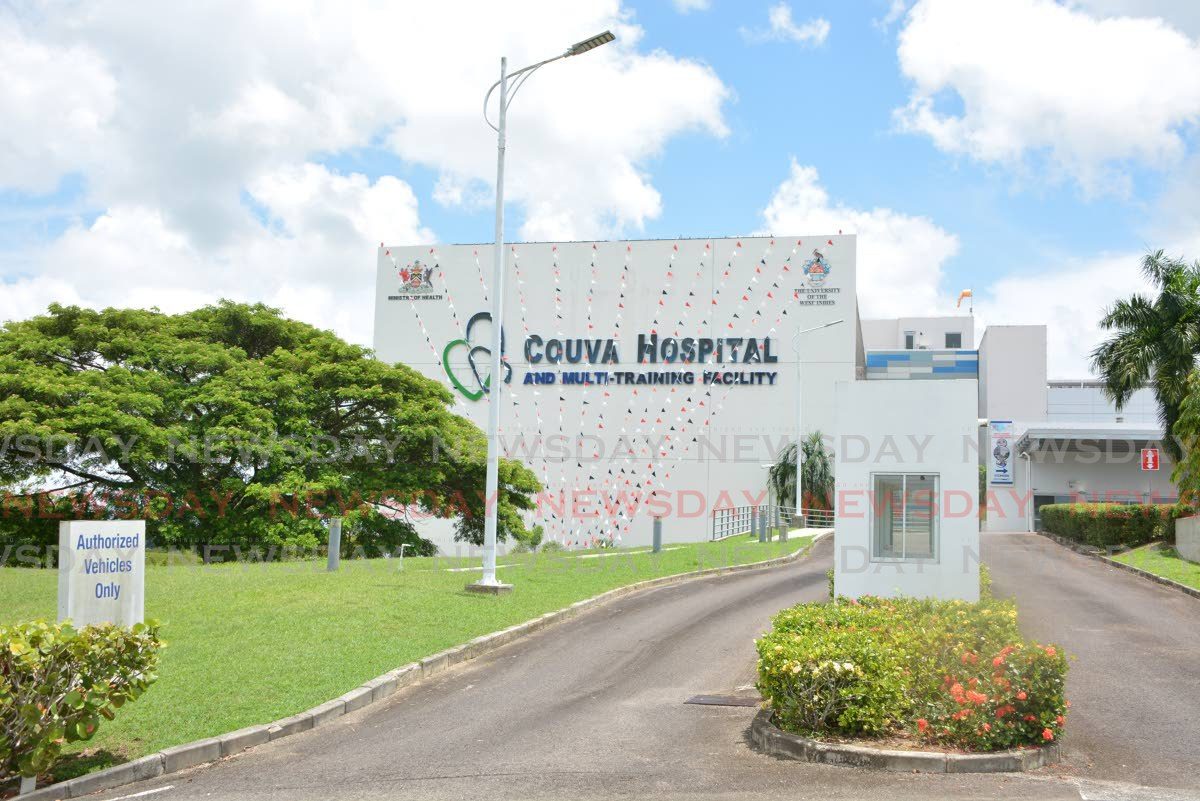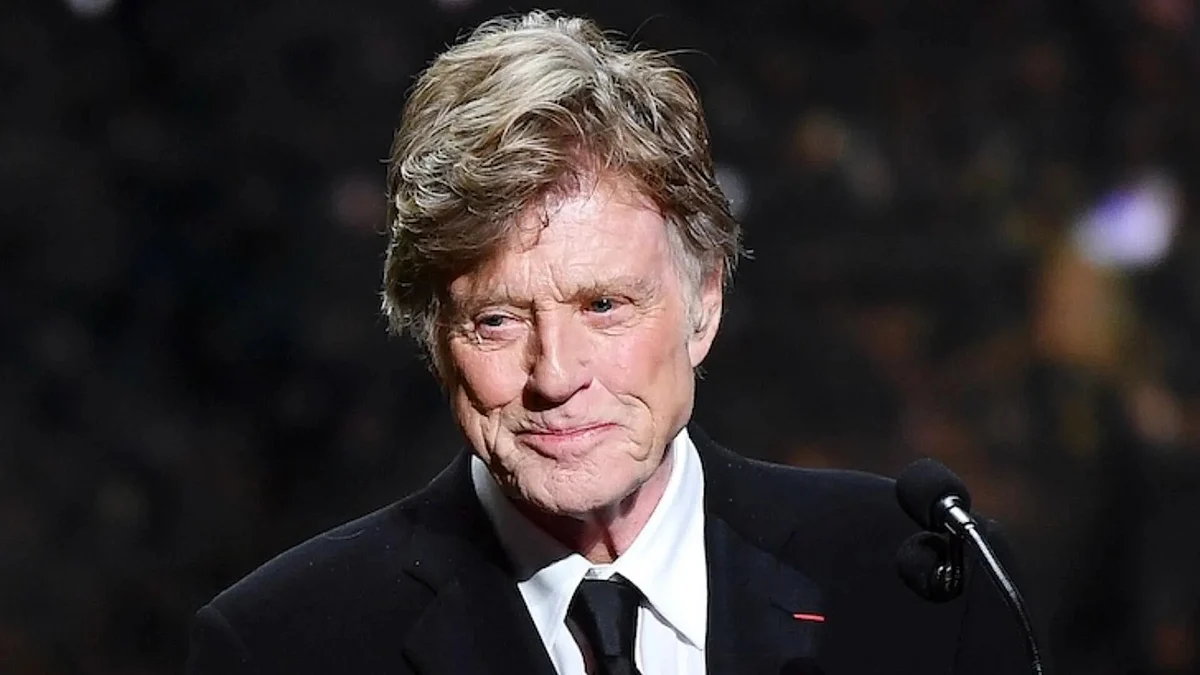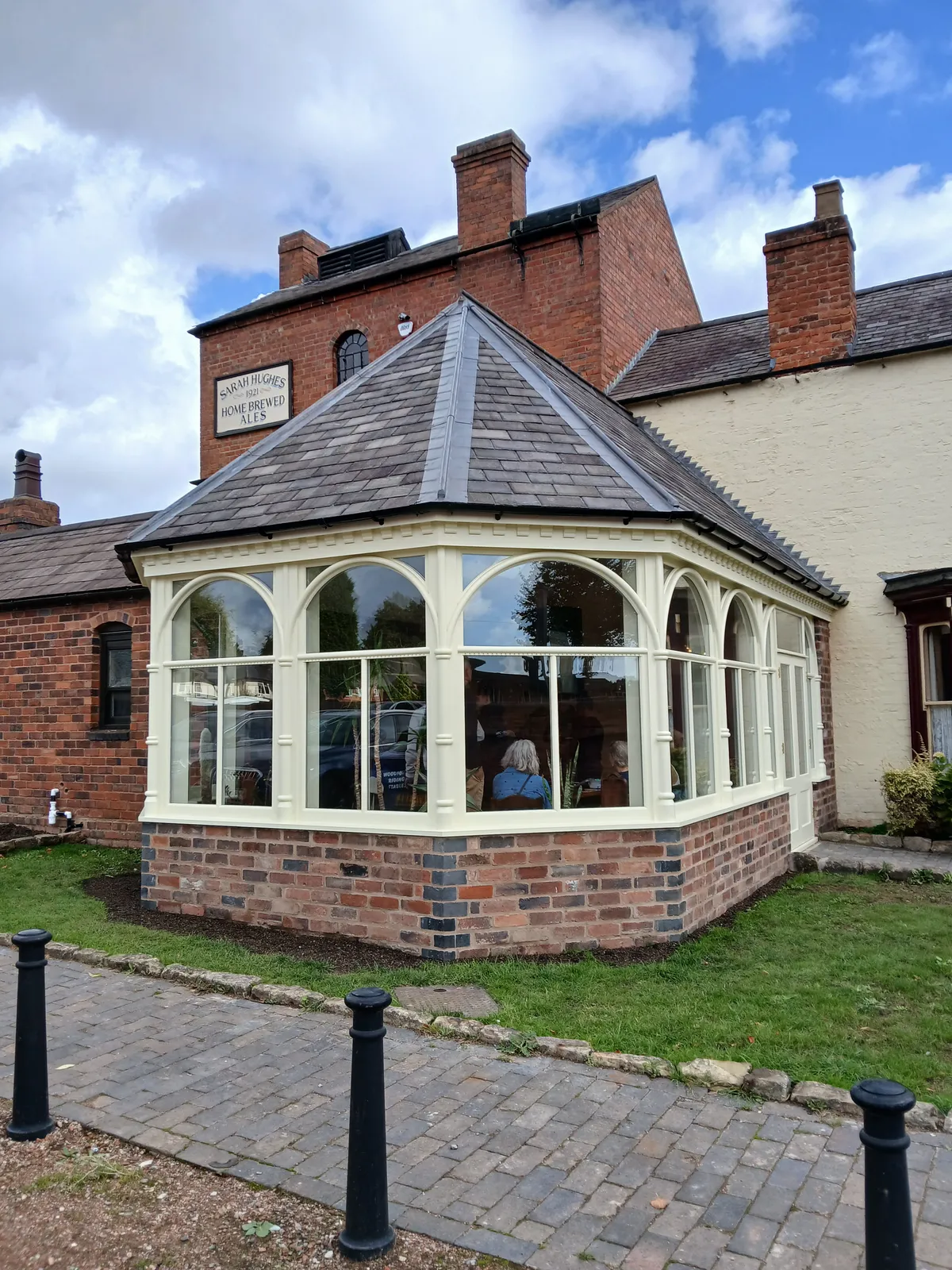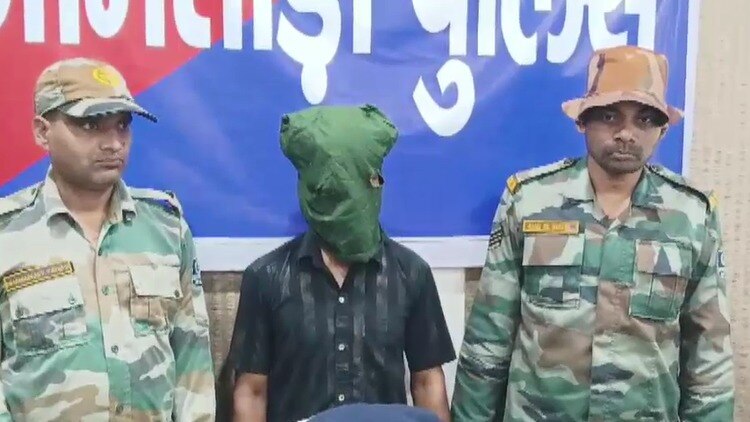By Rishard Khan
Copyright newsday

THE government is hoping to operationalise the Couva Children’s Hospital for its intended purpose “as soon as possible,” and as long as critical works are completed, doors could open before the end of the year.
So said Minister of Works and Infrastructure Jearlean John, who toured the facility on September 18, along with Minister of Health Dr Lackram Bodoe and Minister in the Ministry of Health Dr Rishad Seecheran. They were accompanied by newly installed Urban Development Corporation (Udecott) chairman Shankar Bidaisee and officials from each organisation.
“We have already proffered a date to the Honourable Prime Minister, but it would be up to her to say when the hospital would be opened,” John said in response to a question from reporters.
While keeping the date close to her chest, John said it would “most likely” be before the year’s end when pressed. John said the government plans to fully operationalise the facility when the time comes.
Bodoe hopes the 230-bed (150 adult and 80 paediatric) hospital facility could be used to alleviate some of the burden from other regional health authorities (RHA), especially with the 11,000-patient long wait-list for surgeries nationally.
“So part of the reason for it remaining initially under the Ministry of Health was to assist and take patients from all of the RHAs, the NCRHA (North Central RHA), South West, the Eastern and North West as well.”
The Minister of Health said the hospital would no longer be vested under the NCRHA.
Works required
Before its doors are opened, there is a lot of work to be done, particularly to upgrade and repair equipment.
A Udecott condition assessment was done by its facilities management and biomedical engineering team and found that many major medical equipment items, which were considered state of the art in 2015, were now obsolete, unsafe or unsupported due to their age, lack of use, and non-adherence to preventative maintenance schedules.
The report, provided to the media, said equipment repairs included replacing the X-ray anode tube for the 64-slice CT-scanner, replacing the radio frequency power module amplifier for the 3T MRI machine, replacing the incubators and radiant warmers in the neonatal intensive care unit (NICU), replacing non-functional anaesthesia machines and other critical life safety devices, replacing the CT and MRI contrast injector systems, replacing infusion pumps, performing preventative maintenance and functional verification on ventilators and patient monitoring devices, establishing a comprehensive preventative maintenance schedule for medical equipment to ensure that preventable obsolescence does not occur again.
Mechanical, electrical, plumbing and structural works were also required at the facility. These include corrective maintenance to cooling towers, addressing issues with power distribution and backup, addressing a landslip at the back of the training centre building and fixing corrosion on structural steel canopies.
Bodoe said there is a shortage of some 1,800 nurses in the country, but the practitioners can be sourced from other RHAs to help staff the hospital while the government works on substantively filling this gap.
“I have made requests in the budget to fill vacancies,” he said.
He admitted these plans had not yet been discussed with the National Nurses Association.
The association’s president, Idi Stuart, did not welcome the minister’s staffing plan.
He warned that any attempt to redirect already thin staffing to the Children’s Hospital would not only be met with resistance by nurses but would also compromise the level of care nationally.
Given the existing shortage, he said there only way the hospital could be adequately staffed was for the government to close down an existing facility and send the nurses to Couva or to get upwards of 1,000 nurses from Cuba.
“I know it’s a pet project of the Prime Minister, so I know the minister’s hands are tied in trying to achieve such an illogical goal,” he told Newsday in a cellphone call following the tour on September 18.
He appealed to Bodoe to meet with the association to discuss the nursing shortage and possible solutions.
UNC vindicated
The children’s hospital has been a major source of political tensions over the last decade.
The facility was opened by the Kamla Persad-Bissessar-led People’s Partnership administration on August 14, 2015, but was never fully operationalised by the succeeding Keith Rowley-led People’s National Movement for what it was initially envisioned. On multiple occasions, then minister of health Terrence Deyalsingh said the hospital was not properly equipped or ready for use as purported by his predecessors; a claim Persad-Bissessar and her then opposition refuted.
For John and Bodoe, the tour on September 18 was evidence of their decade-long claims, especially that the NICU could have prevented the loss of at least seven babies at the Port of Spain General Hospital due to a bacterial outbreak in April 2024.
“The then-minister of health told the country it was a construction site, it had nothing there. You saw for yourself, it had everything there. It even had potential lives there that we lost unnecessarily.”
During the tour, Udecott biomedical engineers Emily Coker and Nathan Jeremie pointed out critical pieces of diagnostic and surgical equipment ranging from hundreds of thousands to millions of dollars, which had either been underutilised or never used since the facility was opened. In one surgical theatre, Jeremie pointed out that the plastic over the machines began disintegrating due to how long it’s been sitting unused. In some instances, he said, equipment was nearing the end of the warranty period while still practically new.
In the laboratory, Coker said some of the equipment was used in a limited capacity during the covid19 pandemic, but needed to be replaced as they had now become outdated.
The hospital’s capability
According to Udecott, the hospital’s catchment area is about 180,000 people and is outfitted to provide the following services:
– Radiology and Diagnostic Services: 3T MRI, 64-slice CT Scanner, radiographic fluoroscope, intraoperative imaging C-arm, X-ray, ultrasound
– Surgical Services – five operating theatres (one used specifically for C-section surgeries)
– Adult ICU/ HDU and paediatric ICU services
– Nursery and obstetrics equipped with special care baby unit (SCBU)
– Psychiatric services
– Medical and surgical wards – adult and paediatric
– Ancillary services: Pharmacy, laboratory (haematology, microbiology, chemistry), multiple endoscopy units for same-day procedures, physiotherapy and rehabilitation
The previous administration operationalised the $1.6 billion facility in 2019, beginning with diagnostic and pharmaceutical services provided by the NCRHA. The Ministry of Health also partnered with the University of the West Indies, rebranding it as the Couva Medical and Multi-Training Facility to provide training and research services. Its most notable use was as a key part of the parallel healthcare system during the pandemic, treating Covid19 patients exclusively and later becoming a step-down facility.
In April 2024, Deyalsingh rejected notions that the government had purposefully kept the hospital closed. To that point, he said 291 patients were referred to the hospital for cataract surgeries, with 91 completed. He said 84 ultrasounds were done between January 2023 and March 2024, along with 1,801 CT-scans, 883 MRIs and 830 X-rays.
Deyalsingh declined to comment, instead directing Newsday to NCRHA CEO Davlin Thomas. Newsday was also unable to get a comment from Thomas.



